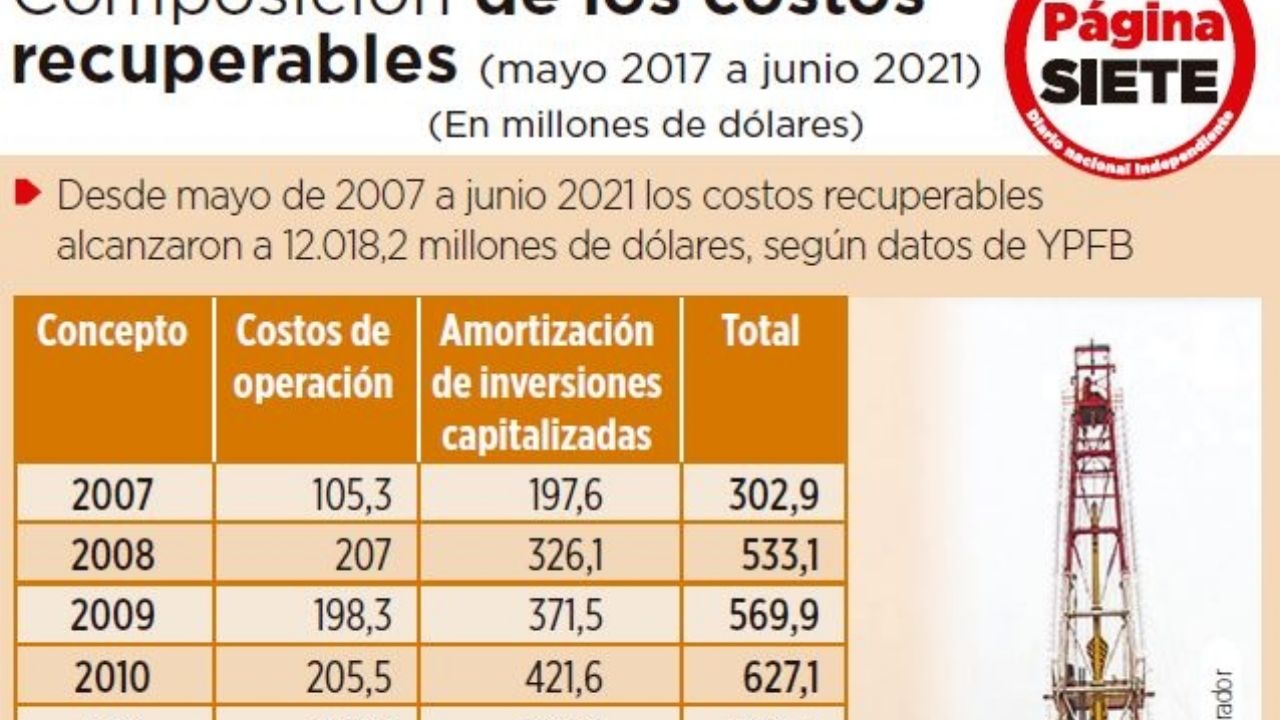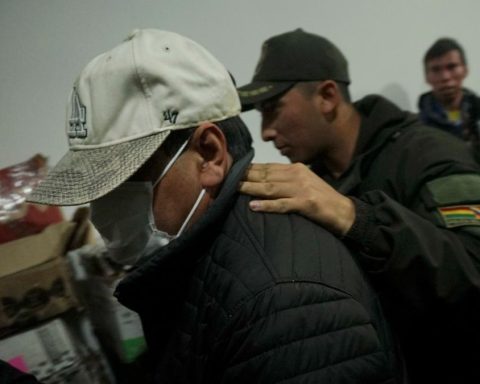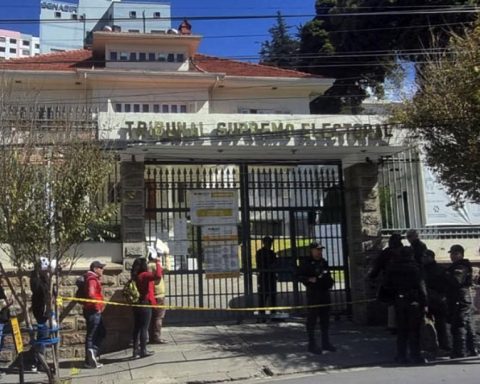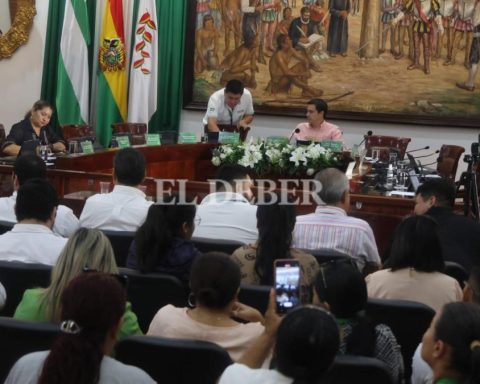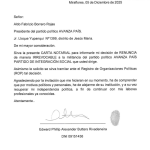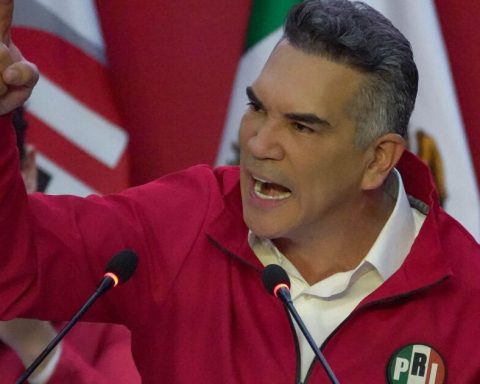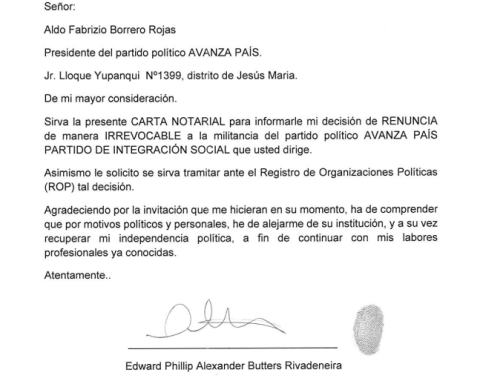Page Seven / La Paz
In 13 and a half years (from 2007 to June 2021), the recoverable costs demanded by the oil companies totaled 12,018.2 million dollars that the State recognizes them for operating expenses and the amortization of their investments, according to a report by Bolivian Fiscal Oil Fields (YPFB).
The document “Financial information for oil services contracts as of June 2021” from the state oil company reveals the main components of recoverable costs. These are made up of operating costs that are intended to guarantee the continuity of hydrocarbon production.
The other component of recoverable costs is the amortization of investments, which consists of the return of the investments that generated the start of production, maintenance and production of gas and liquids.
Of the 12,108.2 million dollars recognized by the State for this concept, 4,353.2 million dollars corresponds to operating costs (36.22%) incurred by the companies since 2007. While 7,665 million dollars are for the amortization of investments (63.78%) that the State returns to the companies. (See graph)
Recoverable costs that until 2013 were below $ 748.2 million, as of 2014 grew to above $ 1 billion, according to the report.
The year in which this amount increased the most was 2019 with 1,562.1 million dollars recognized by the State. As of June 2021, the value to be paid to the companies was 475.6 million dollars.
Production decline
The data coincide with the process of decline in natural gas production as of 2015.
That is, you pay more and the offer decreases.
According to official data, that year it reached 61.33 million cubic meters per day (MMmcd); but in 2020 it fell to 43.52 MMmcd and in November of this year there are 45 MMmcd.
The sector analyst Francesco Zaratti explained that the operating costs of the oil fields have to do with salaries, services and others.
While the amortization of the investments refers to the capital destined for exploration and exploitation, which amounts to 9,389 million dollars, including investments prior to 2007 (Annex G of the service contracts).
Zaratti added that the almost 54,000 million dollars that were generated since 2007 by the commercialization of hydrocarbons were distributed 74% to YPFB and 26% to oil companies, including Chaco and Andina.
On the other hand, YPFB data reveal that in the analysis period, the compensation of the contract holder reached 19,042 million dollars (recovered costs 10,655 million dollars and profit sharing 8,387.9 million dollars). This last value is higher than the 6,425.6 million dollars that correspond to YPFB’s participation.
According to Zaratti, the total collected by the State for operating income amounts to 95%. Regarding the total income from the sale of hydrocarbons, the State keeps 74% and the companies with 26%.
For the analyst, the high state net income (95% of operating income, which in some years has even exceeded 100% due to the “negative” utility of some fields), far from being a success, represents a barrier to investments in the field. sector, considering the existence of large and small fields.
In his opinion, this is the origin of the current production and reserves crisis, and of the tendency that exists to return declining oil fields to YPFB. “The recoverable investment figures hide exploratory failures carried out in fields under contract, as has been the case of the Boyui well, explored as part of the Margarita field and, therefore, with recoverable costs,” he said.
He observed that the trend in recoverable costs shows that the recovery of investments far exceeds operating costs (64% versus 36%). That explains, he said, why oil companies preferred to sign oil services contracts in order to recoup their investments and obtain good profits, without forcing themselves to make risky exploratory investments. “The accelerated monetization of gas reserves ethically challenges generational justice. Considering that the result of these revenues has been disappointing for the development of the country, what do we leave to the new generations ”, said the analyst.
Former Hydrocarbons Minister Álvaro Ríos said that the recoverable cost scheme that must be paid to oil companies after royalties and the Direct Tax on Hydrocarbons (IDH) has not resulted in a successful model to reactivate exploration.
“Therefore, the contractual and tax model in Bolivia must be changed and reviewed so that we have a new era of exploration and can face the next 30 years with internal supply of hydrocarbons and hopefully continue with the export of gas,” Ríos stressed.
He added that since 2015 there has been a break because gas production begins to decline.
But export prices, which previously stood at between $ 10 and $ 11 per million BTU (British thermal unit), are also being lowered, and debt is increasing to offset company investments.
The former secretary of hydrocarbons of the Government of Santa Cruz José Padilla said that in recent years the production of gas and liquids has decreased, but expenses are maintained and that is included in recoverable costs. “Fixed production costs remain the same, but gas production goes down. There is a fixed payroll, for example, with 100 workers and even if more or less occurs, you still have to pay ”, he pointed out.
Oil rent
The YPFB report states that between 2007 and June 2021, oil revenues totaled 39,868 million dollars. “The State’s participation in the oil business is on average 74% of the net commercialized income and 95% of the gross income. Participation can exceed 100% because service providers are obliged to pay taxes and patents, regardless of the profit that the business generates or not, ”remarks the report from the state oil company.
In the country there are 10 oil companies with which operation contracts (operator) were signed.
These companies are 1. Shell Bolivia Corporation, Sucursal Bolivia 2. Matpetrol SA 3. Petrobras Bolivia SA 2 4. Pluspetrol Bolivia Corporation 5. Repsol E&P Bolivia SA 6. Vintage Petroleum Boliviana 7. YPFB Andina SA 8. YPFB Chaco SA 9. Total E&P Bolivie, Bolivia Branch. 10. Canadian Energy Enterprises CEE Bolivia SRL
Among these, the main ones are Repsol, which signed five operation contracts with YPFB to work in the Cambeiti area, in Santa Cruz: an operation contract for the Surubí area, which includes the Paloma, Surubí and Surubí Low Block fields in the departments of Santa Cruz and Cochabamba; Mamore area, Monteagudo area, and the Caipipendi area, where the Margarita-Huacaya field is located.
Total E&P Bolivie Sucursal Bolivia is in the Ipati area, which includes the Incahuasi Field and the Aquío area.
Petrobras operates the San Antonio (Sábalo), San Alberto, Itáu and Colpa y Caranda fields. BG Bolivia Corporation Sucursal Bolivia, a subsidiary of the Royal Dutch Shell plc company, is in the La Vertiente, Los Suris, Block XX Tarija Este area, among the main ones.
Pluspetrol is with the Bermejo and other fields and Tacobo operation contract.
Matepetrol is with the Tatarenda operation contract; Vintage operates in Naranjillos, Porvenir and Chaco, Ñupuco.
Chaco and Andina operate other important areas.
